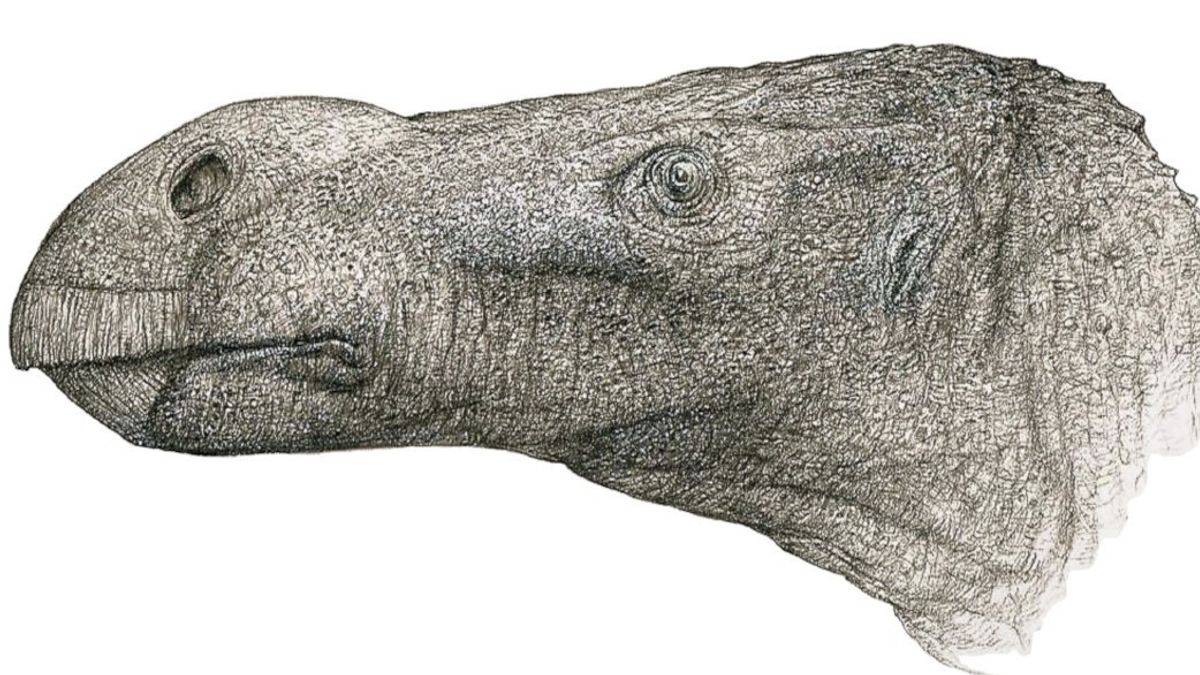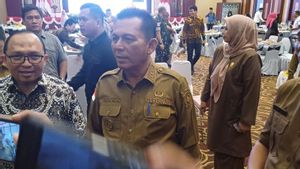JAKARTA - A new species of dinosaur was discovered decades after its bones were unearthed, according to a new study.
Scientists have named the ancient reptile Brightstoneus simmondsi, believed to date back to the Lower Cretaceous period, about 125 million years ago. The genus Brightstoneous is named after Brightstone, an English town close to the excavation site. Simmondsi referred to amateur collector Keith Simmonds, who found the specimen.
Simmonds originally discovered the bones in 1978 on the Isle of Wight, an island off the south coast of England. The specimens were kept at the Dinosaur Island Museum at Sandown on the Isle of Wight, until they were examined more than 40 years later for different studies.
"It's very common, if not more common, these days to find new dinosaurs in museum basements than in the field," said study author Jeremy Lockwood, a doctoral student at London's Natural History Museum and the University of Portsmouth in England, citing CNN Nov. 11.
At the time, Lockwood was conducting research on the diversity of large plant-eating iguanodontian dinosaurs, including Iguanodon and Mantellisaurus atherfieldensis, the most common dinosaur fossil specimens found so far on the island.
After carefully examining the bones, Lockwood realized he had a new species of dinosaur in his hands. Both Iguanodon and Mantellisaurus had straight, flat noses,
While Brightstoneus has a round nose, he said. Brightstoneus also has more teeth, which are designed for chewing, Lockwood added.
In the Lower Cretaceous, grasses and flowering plants were not widely available, so dinosaurs probably had to eat perennials such as pine needles and ferns, he explained.
Scientists estimate the dinosaur was about 26 feet (8 meters) long and weighed about 2,200 pounds (1,000 kilograms).
Prior to this discovery, scientists designated all the finer bones found on the island as Mantellisaurus, while the larger bones were categorized as Iguanodon.
"Brightstoneus shows there was greater diversity in Lower Cretaceous iguanodontia than we realized," Lockwood said.
The Brightstoneus specimen is also 4 million years older than the Mantellisaurus bones, so one could argue they couldn't have been the same species because of the length of time between the two, he explained.
Some bony features, such as the jawline, are unique to Brightstoneus, said Matthew McCurry, curator of paleontology at the Sydney Australian Museum and senior lecturer at the University of New South Wales, who was not involved in the study.
The longer jaw can hold 28 teeth, slightly more than other closely related species, McCurry said.
Lockwood was interested in researching whether dinosaur diversity fluctuated over time or if it stayed the same for 1 million years. Dinosaur bones can also reveal what Earth was like millions of years ago, McCurry said.
"Describing new dinosaur species is the first step in unifying what these past ecosystems looked like and in studying how they changed over time."
To note, the study of naming Brightstoneus simmondsi was published last Wednesday in the 'Journal of Systematic Palaeontology'.
The English, Chinese, Japanese, Arabic, and French versions are automatically generated by the AI. So there may still be inaccuracies in translating, please always see Indonesian as our main language. (system supported by DigitalSiber.id)













